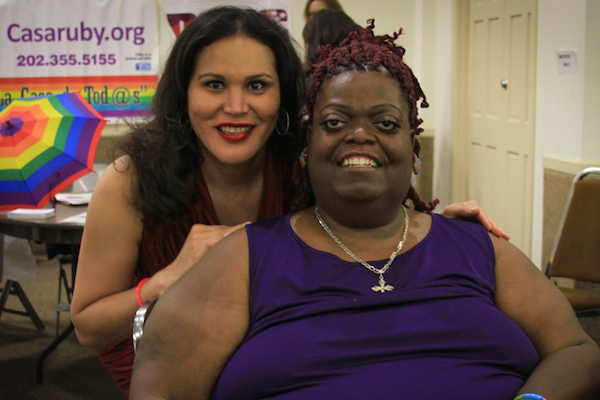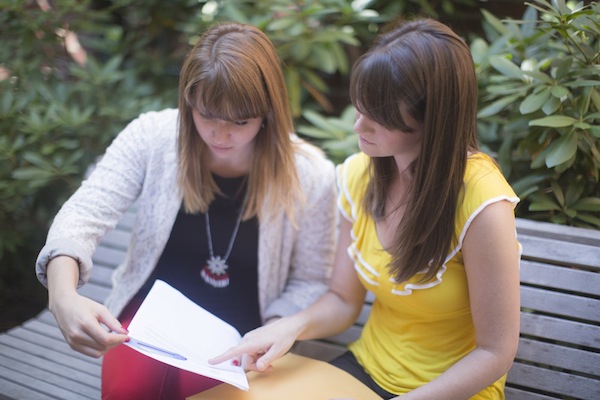

It can be hard to watch what happens to the youth that age out of the system without a forever family. In addition to being a foster parent, I also do community work in homeless shelters where I am continuously confronted with the aftermath of the foster care experience. After some poignant losses to the system this year, I attended a social work conference. During a break, the presenter came over to me and we spoke briefly about a youth that I had just started working with who aged out of foster care only to end up in a homeless shelter. I asked him, “How do you stay so encouraged? How do you keep going?”
He sat down, looked me in the eye and said, “It is not the result of the seeds that we plant that should matter to us; rather, it is that we cared enough to plant the seeds in the first place. We cannot make the seeds grow. Our job is to plant, never to expect anything in return, and no matter the outcome… continue planting.”
LGBTQ Youth in Foster Care
Frequently, insecure housing and lack of family support can lead to living on the streets or entering the state’s foster care system. A study by the Williams Institute shows that as many as 40% of homeless youth identify as LGBTQ. If the youth enters the foster care system they face government and societal systems that are not educated or accepting of their status. The statistics show an increasingly grim picture for LGBTQ youth in the foster care system.
LGBTQ youth often experience a home placement with foster families who do not accept who they are. The youth can endure this or be sent to group home because there are no available foster parents “agree with their lifestyle.” While families should be able to choose their own values, traditions and beliefs; this leaves the majority of LGBTQ youth with little chance to live with foster or adoptive families.
In 2012 the Children’s Bureau reported that there were approximately 400,000 youth in foster care in the United States. Of those at least five to ten percent of them are LGBTQ. One out of three homeless and foster youth reported suffering physical violence after coming out. Instead of finding a forever family, LGBTQ youth are more likely to end up in a group home until they age out of the system. Once they age out they often enter a world that is homophobic and without the acceptance of their families many do not have an external support system.
Are you ready to plant seeds of hope?
More LGBTQ-accepting foster homes for our youth are needed. A forever family positively affects values and provides a home. Home is a safe place where the youth can return as they take risks and stretch themselves as they grow into the world. Home is family. Having family means belonging to a place and to people who offer love, encouragement, and, most importantly, smile when the youth walks through the door. Home and family is the basic context in which youth can thrive, the garden in which seeds of hope can grow.
If you are ready, here is what you can do next: